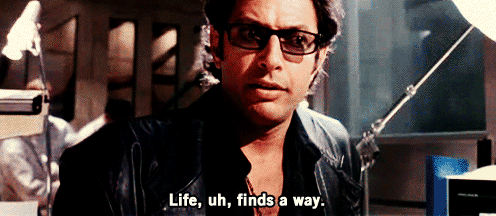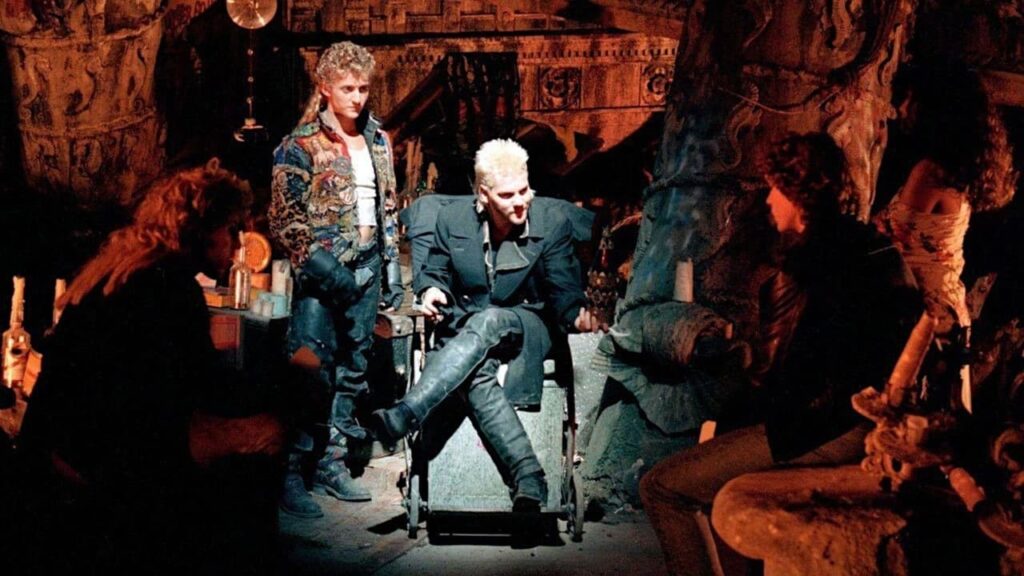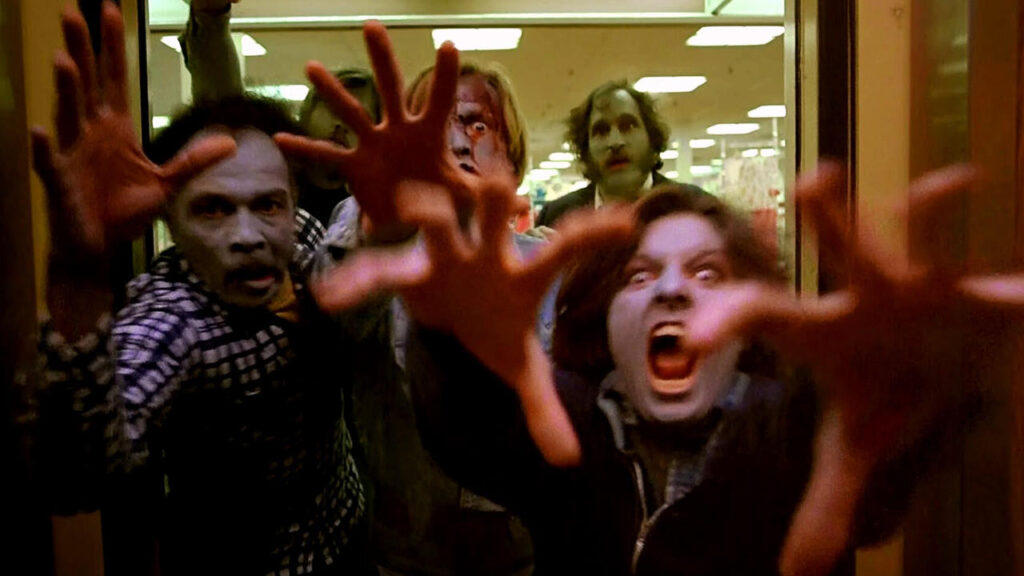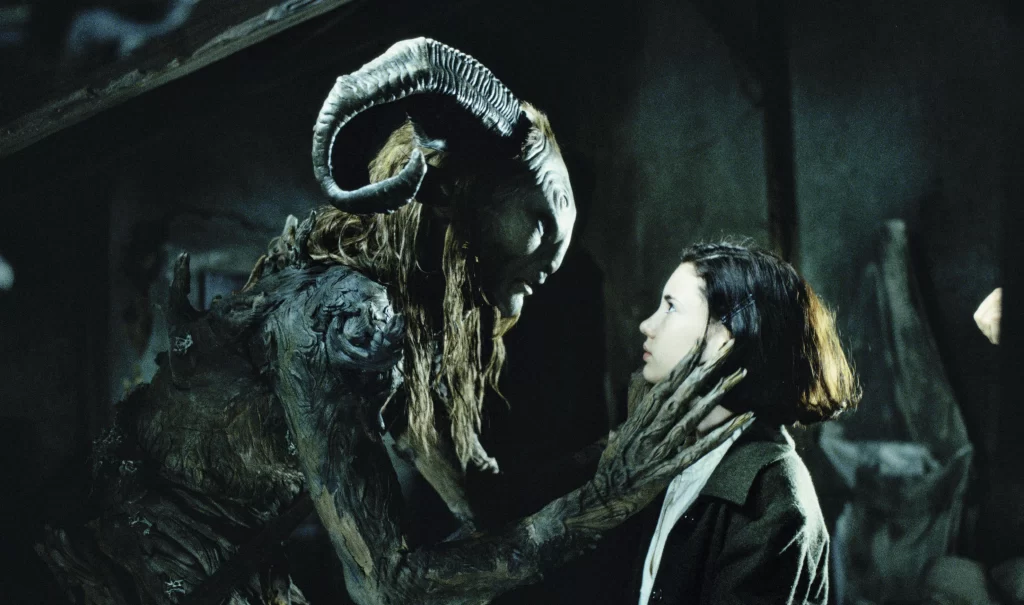Horror: it is a genre much bemoaned by the critics and some people only consider it in the realm for sick and twisted people, other than exceptions within the genre which have been nominated for Oscars, which are said to elevate the genre. I completely understand the reservations about horror films, they are not for the faint of heart and the subject matter is upsetting to many people.
However, in horror’s defense, horror has been known to tackle societal issues, and to focus on society’s fears from different eras, as well as being another way to examine history from the times these films were made.
Even though this blog post will primarily focus on horror movies, talking about some books will be necessary.
Ever since horror books were written, they have posed questions about society, and examinations of our darker selves. Mary Shelley’s Frankenstein asks questions about whether people should play God with the lives of others and illustrates how the rejection of a parent and society can turn an individual into a monster. It also expresses some of the anxieties about science, about the budding use of electricity, and like Jeff Goldblum’s character, Dr. Ian Malcolm, said in Jurassic Park (1991): “Your scientists were so preoccupied with whether they could, they didn’t stop to think if they should.” The movie with Boris Karloff (1931) would pose comparable questions to the book about the dangers of man meddling in things he was not meant to meddle with. Same with the movie Jurassic Park, which in some ways feels like a spiritual successor to Frankenstein. To quote Ian Malcolm again, “Life finds a way,” and if you create it, it doesn’t necessarily mean you’ll be able to control it, so don’t let that genie out of the bottle unless you’re certain it’s the ethical thing to do.

Invasion of the Body Snatchers (1956) was another of the earlier examples of horror as a vehicle to express society’s anxieties, the fear after WW2 of communism infiltrating the United States. The fear of the ‘other’ is a large driving force in early horror.
Similarly, the book Dracula, and in turn the 1931 movie starring Bela Lugosi, focused on the fear of that other. The fear that Eastern Europeans would undermine the fabric of Western values, represented by figures like Lugosi seducing and corrupting the pure Western women. Oftentimes thematically innocent women were seen as the pinnacle of purity, a representation of the culture, and outsiders corrupting them were representative of a culture being ‘corrupted’ by foreign influences.
Vampires represent some other interesting ideas thematically. They can be seen as the aristocratic class of society literally feeding on the lifeblood of the lower classes; they can be seen as representing forbidden urges and desires (see Fright Night (1985) and Lost Boys (1987) for themes of budding homosexual desires); they can represent addiction, and violence. One of the more interesting things that has been done in vampire films is in Near Dark (1987), where it shows how depressing immortality would be, especially if a person wasn’t so fortunate as to be rich when made into a vampire. The vampires in Near Dark are lonely, working-class outcasts forced to live on the fringes of society. Having been filmed during the Reagan era, it shows the growing class divide between the blue-collar workers at this time, and the rest of society.

Another societal anxiety is illustrated within 1968’s Night of the Living Dead and the original 1954 Godzilla (AKA the original in Japanese, without Raymond Burr). Both focus on the horrors of nuclear power. In Godzilla, it emotionally dealt with the aftermath of the Atom Bomb dropped on Hiroshima and Nagasaki. 2016’s Shin Godzilla was made as a direct result of the nuclear disaster at Fukushima in 2011, and the real horror is the government’s inaction to do anything about the giant radioactive monster destroying the city, because they need to have endless meetings to decide what to do. Night of the Living Dead focuses on themes of radiation reactivating the brains of the deceased, as well as themes of racism (and the first Black protagonist in a horror film, as a side note). To boot, a lot of grade B horror comes from the Cold War era; the 1954 movie, Them, is about giant ants who live near a nuclear base who have grown monstrous in size. All these movies demonstrate that nuclear power, in the wrong hands, would create horrors beyond imagination.
There have also been movies that have commented on every societal issue under the sun. 1985’s The Stuff is a direct commentary on consumerism. It involves marketing this substance that some construction men find in the ground as a hot new fad food, (complete with ads that show women in heels, fur coats, and bikinis consuming it saying, “The Stuff! Enough is never Enough.”. For a real-world example, look up Paris Hilton eating a burger for Hardee’s/Carl’s Jr while washing a car.) but ‘The Stuff’ ends up being an organism that wants to take over the world, starting with the people who consume it. In the same vein, Romero’s 1978 film Dawn of the Dead also makes a point about consumerism, seeing that it takes place within a mall. To quote why the zombies are within the mall: “Some kind of instinct. Memory of what they used to do. This was an important place in their lives.” Even after one of the characters is almost killed by a zombie, the focus of the other characters is not about the horror of her almost dying at the hands of a zombie, but about ‘all the goodies’ the others were able to find within the mall.

Speaking of zombies, the whole concept of zombies taps into our deeper fears; the loss of individuality, the loss of bodily autonomy. Even in the US Constitution, every person is promised, “life, liberty, and the pursuit of happiness”. Therefore, within mainstream American culture, loss of these things is one of the most frightening concepts to many people. Instead of being seen for who a person is, you become one of the masses, the collective. This idea is explored within John Carpenter’s The Thing (1982). Instead of an individual, the people assimilated by the alien within the film become one of many identities that the alien steals and can morph into.
The Scream franchise is technically a satire about the 70s and 80s slasher genre, and makes points to show how tragedies are often exploited by the media, as well as themes of blaming violence on the media people consume. The desire for fame is a driving force for some of the villain’s horrible actions. It drives home the point that the only person to blame for the villain’s actions is themselves because they choose to be a victim and want revenge. In director Wes Craven’s philosophy, there is no denying people are wronged, but he makes the point that we do not let those traumas define us. We must take charge of our own lives, and the protagonist of the films, Sidney, even says, “I sat down and began to write a new role that would be my own. A role for a woman who leaves the walls of fear behind and steps outside of darkness.” So, in the opinion of Wes Craven, trauma should create self-growth, not stagnancy.
Movies such as The Others, The Babadook, and Pan’s Labyrinth focus on the impact of grief on families, as well as how violence can impact children growing up as well. The Others and The Babadook specifically focus on grief taking over someone’s life, and therefore impacting the lives of their children as well. In Pan’s Labyrinth (2006), the main character, Ofelia, goes on a fantastic journey, and the audience is posed the question of whether she really is going on these quests posed to her by a Faun (a creature much like the Greek satyr) or if she’s using her own imagination as an escape from the rebellions after the Spanish Civil War, during the fascist regime of General Franco. Pan’s Labyrinth was made by Mexican American director Guillermo del Toro, as a reaction to 9/11, and carries a strong message against fascism.

The Fly (1986) has been viewed by audiences as a metaphor for aging or disease that changes a person into someone we do not recognize anymore. Many audiences in the 80’s perceived the film to be a commentary on the AIDs crisis. Even though the director himself denied it, it still did not stop many from seeing a theme within it, based on current events that occurred during the film’s release. In the same light, Nightmare on Elm Street 2: Freddy’s Revenge (1985) is viewed now as a LGBTQ+ cult classic film, where the protagonist is wrestling with his own sexuality during a time where the AIDs crisis and gay panic was on the rise.
Horror uses the lens of what makes us uncomfortable, on what issues people see in society and what we are secretly afraid of. Sometimes, horror can just be gory schlocky fun, but even in those, there are usually hidden themes that the directors explore, even if it’s as simple as ‘man can’t control nature’. These are just a few examples, but even for the examples I brought up, there are countless other themes and movies which cover subjects spanning from: drug addiction; to youth growing up inheriting the sins of their parents; to mental illness; and about the exploitation of different groups of people.
Not only that, but examining horror films gives us insight into some of the fears and anxieties people may have faced at that point in time, which is why recent trends of horror showing the fears and realities of minorities is so important, something which until recently, horror has been lacking. It’s important to promote understanding, and empathy to have films made from different perspectives. It’s also important to watch foreign horror films, to understand the world better.
Just as any genre has so many flavors, it is an unfair generalization to assume that horror is just for creeps. So, to my fellow ‘creeps’ I say this: “Keep being the weirdos you are.”
Gabe Y.
Circulation Staff